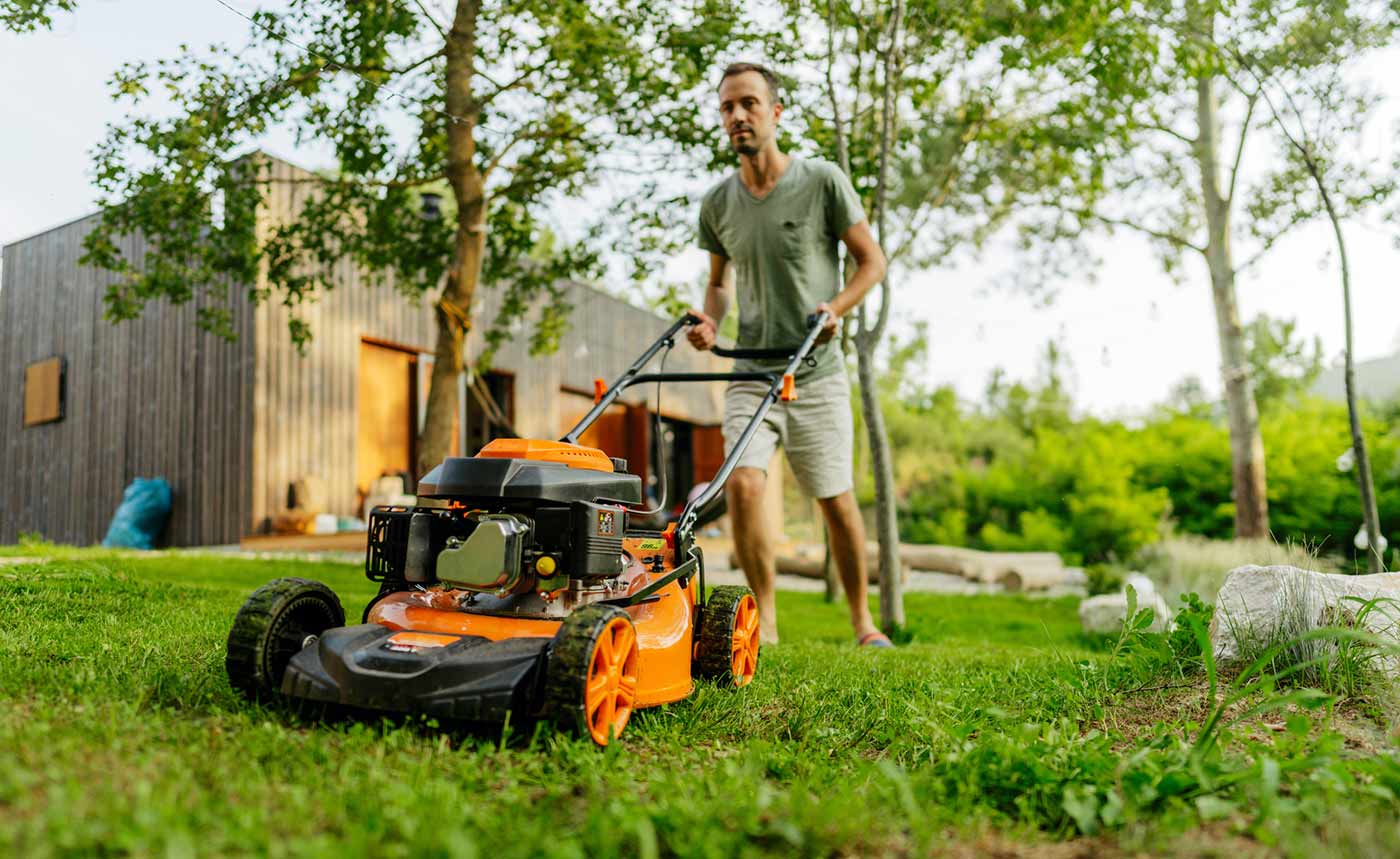Spring has sprung, and for many, that means working in the garden, planting flowers and general yard cleanup. However, there are a number of common lawn and garden eye injuries to watch out for. From flying debris to irritating chemicals, eyes are particularly vulnerable during these activities. In fact,a study published in the American Journal of Emergency Medicine revealed that between 2010 and 2019, over 168,000 eye injuries were reported in relation to landscaping and equipment accidents. In this blog, we’ll delve into five common eye injuries associated with gardening, planting and outdoor yard maintenance, as well as offer valuable tips for prevention.
- UV Radiation: Spending prolonged hours under the sun while gardening exposes the eyes to harmful ultraviolet (UV) radiation. Over time, UV exposure can contribute to various eye conditions such as cataracts, eye growths and even certain types of cancer according to the American College of Ophthalmology. Wearing safety glasses or goggles with UV protection is essential for safeguarding the eyes against these harmful rays.
- Chemical Exposure: Many gardening tasks involve the use of fertilizers, pesticide and herbicides, all of which contain chemicals that can be harmful if they come into contact with the eyes. Splashing or spraying these substances without proper eye protection can result in irritation, burns, or even permanent damage to the eyes. Check out this advice on what to do if you do get chemicals in your eyes.
- Foreign Objects: One of the most prevalent hazards in gardening is the risk of foreign objects entering the eye. Small particles such as dirt, twigs, or even insects can easily fly into the eyes while digging, pruning and weedeating. In general, these foreign objects can cause scratches, abrasions, or irritation, leading to discomfort and potential infections. IMPORTANT NOTE: it’s critical to take precautions when mowing your lawn as lawn mowers can frequently result in even more serious ocular injuries due to the speed with which rocks and other objects can be propelled by the rotating blades, according to the American Journal of Emergency Medicine.
- Thorny Plants: Pruning or handling thorny plants like roses, cacti or thistles can pose a risk of eye injury. Per the American Optometric Association, accidental contact with thorns or sharp branches can lead to corneal abrasions. Sometimes, this contact can even result in more serious puncture wounds. Wearing protective eyewear and exercising caution when working around such plants can prevent these injuries.
- Allergic Reactions: Gardening often involves handling plants, soil and mulch, which can trigger allergic reactions in susceptible individuals. Symptoms such as itching, redness and swelling of the eyes can occur due to exposure to pollen, dust or certain plant proteins. The American College of Allergy, Asthma and Immunology recommends taking allergy medications/antihistamines prior to heading out to the yard, avoiding touching your eyes and face while working and washing your eyes with cool water once you are back inside.
Recap
Being aware of the common hazards involved in lawn and garden activities is crucial. Taking preventive measures like wearing protective eyewear, being cautious during high-risk tasks, and seeking immediate medical attention for any eye-related issues can help you avoid outdoor eye injuries. By following these steps, you can tidy up and enhance your lawn and garden with less risk and worry!






Responses